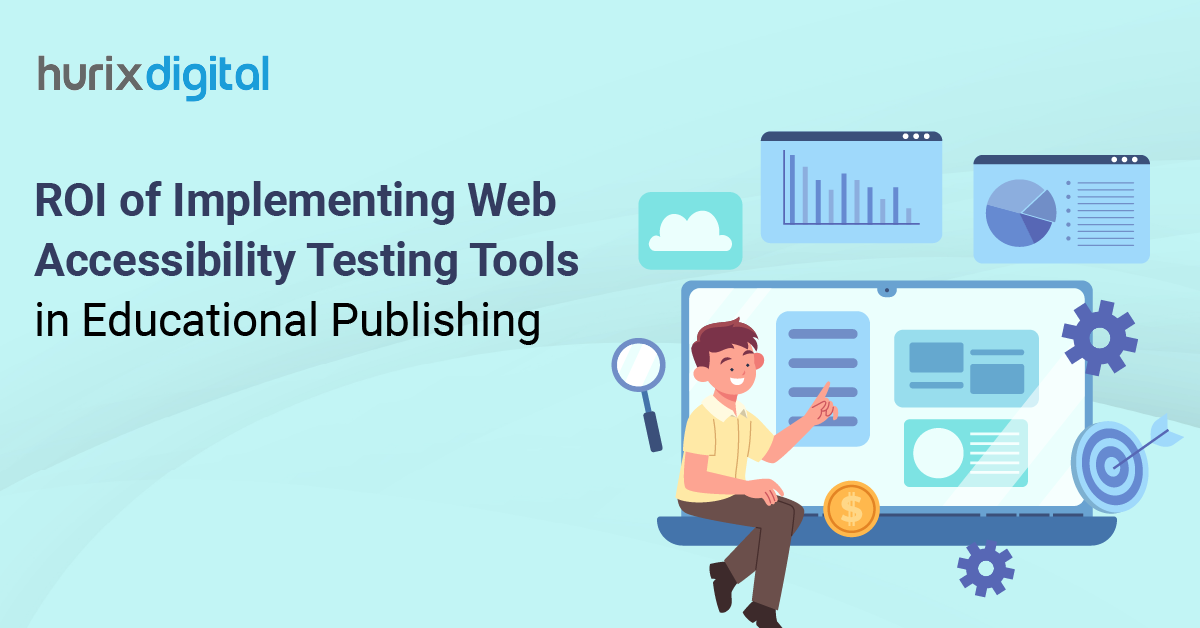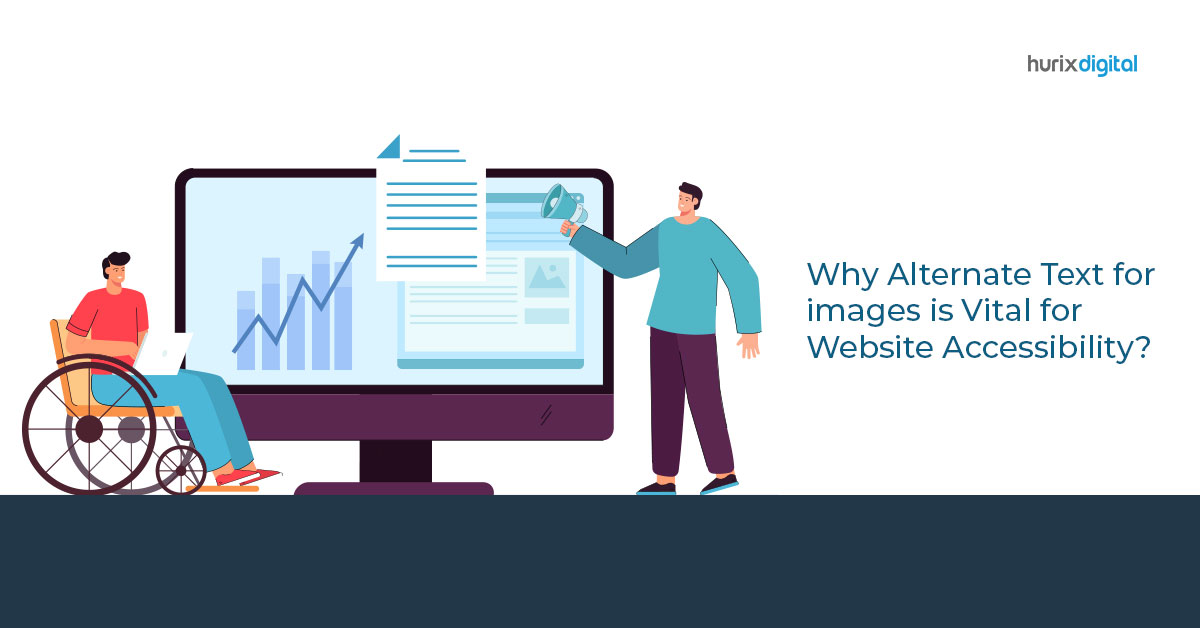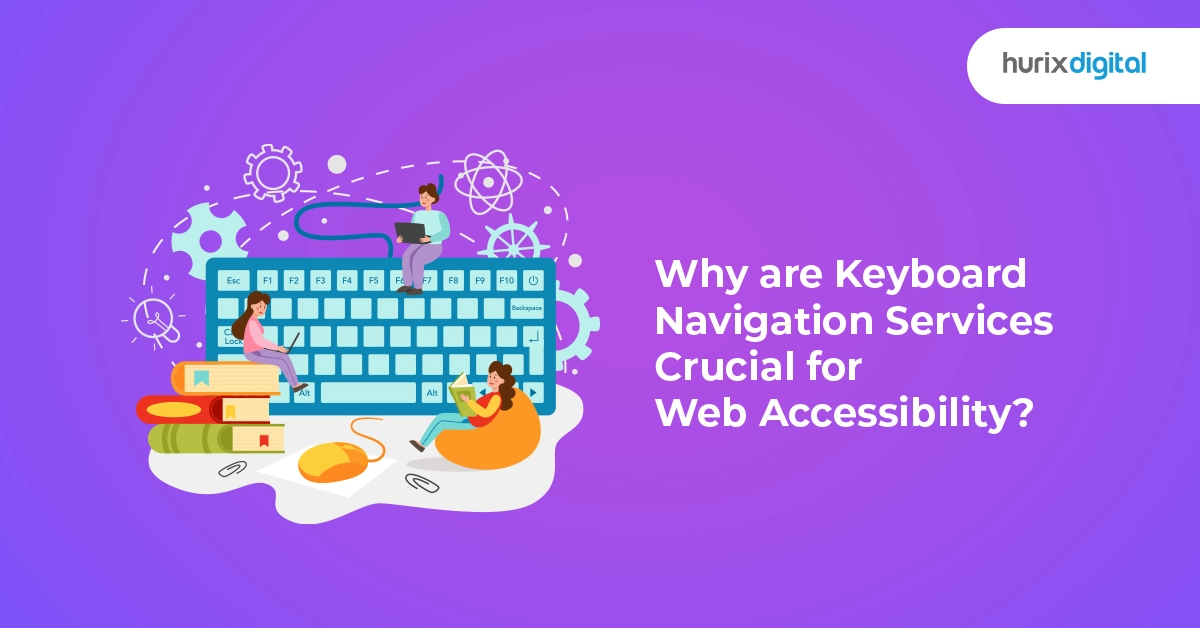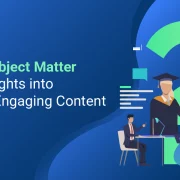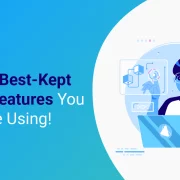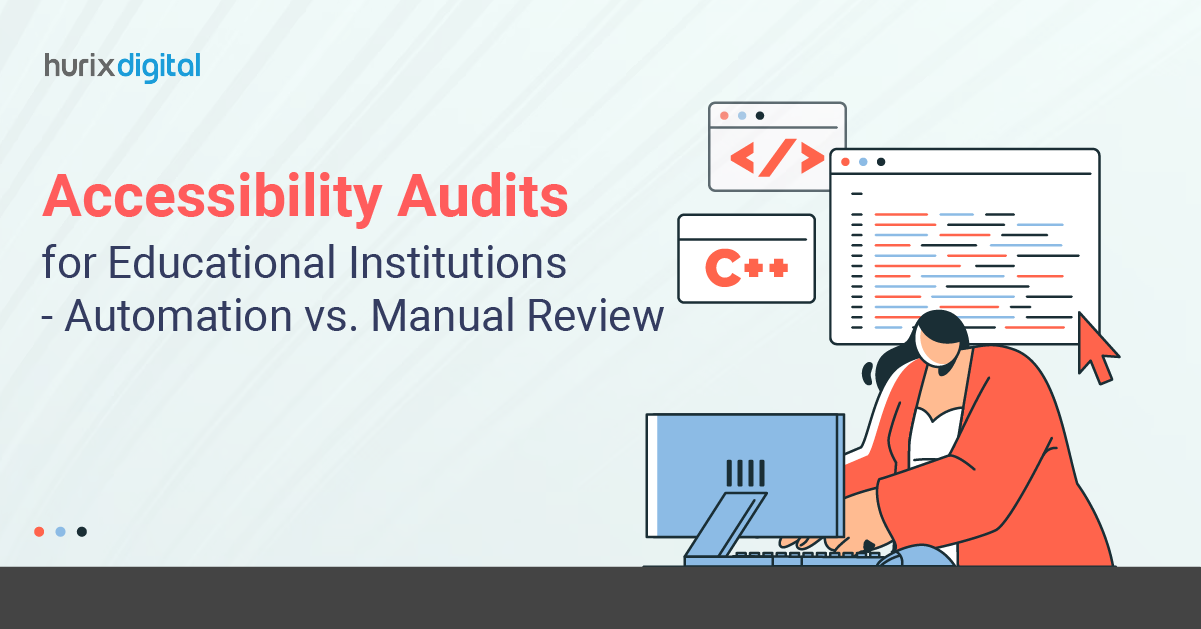
Accessibility Audits for Educational Institutions – Automation vs. Manual Review
Summary
The blog highlights higher education websites’ accessibility failures and advocates for audits, suggesting a mix of manual and automated methods for comprehensive evaluation.
It would be difficult to believe but 96% of higher education websites are failing to meet basic accessibility standards. In February 2022, a report by AAAtraq revealed that nearly every website across 2,000 U.S. colleges and universities falls short of the Web Content Accessibility Guidelines 2.1 standards.
What’s even more appalling? Specifically, 13% of these institutions will be at an extremely high risk of legal action while almost half of the institutions will experience high legal risk. A mere 4% have done what is required to be placed in the ‘low risk’ category. Thus if you are an education institution leader this should be your wake-up call.
To take any action in the right direction, first, you must determine where your institution stands in terms of web accessibility. Web accessibility audits can give you a clear picture of the barriers that might be locking out students with disabilities from accessing your online resources.
When it comes to accessibility audits, there are two ways to go around. One can choose either manual auditing or web auditing by using automated tools. Both come with their own advantages and limitations which is what we’ll explore in greater detail throughout this article.
Table of Contents:
- Manual Web Accessibility Audits: Advantages and Limitations
- Automated Tools for Web Accessibility Audits: Advantages and Limitations
- The Key Takeaway
Manual Web Accessibility Audits: Advantages and Limitations
The heads of all educational institutions must know that colleges and universities are the most vulnerable to lawsuits associated with the Americans with Disabilities Act, specifically Titles II and III.
In some cases, institutions can also face legal action under Section 504 of the Rehabilitation Act of 1973 or even state-specific accessibility laws. The point is that non-attention to web accessibility can cost an institution plenty of money and lead to legal suits.
But the good news is that you can avoid these expensive costs by simply running periodic WCAG audits. Here’s what you must know about manual accessibility audits.
Also Read: The Rise of Micro-Credentials: How are Universities Adapting?
The Manual Web Accessibility Audit Process
To give you a short description of what goes into the process of manually auditing a website for accessibility compliance, here’s a brief breakdown of all the key steps:
Determine which pages, features, and content are most critical or representative of your website’s overall accessibility. Then prepare necessary resources such as assistive technologies like screen readers, WCAG accessibility checklists, and browser extensions.
#Note: Make sure auditors are familiar with these tools and web accessibility principles.
These are some elements that need to be checked in an accessibility audit:
- Navigation: Keyboard usability and logical order
- Headings: Proper hierarchy and clarity
- Images: Accurate and descriptive alt text
- Multimedia: Captions and transcripts
- Forms: Label associations and error handling
- Color Contrast: Text/background differentiation
- ARIA (Accessible Rich Internet Applications) Usage: Correct roles and attributes
After the audit is completed, the accessibility audit report should include an executive summary, detailed findings, and visual examples. Prioritize issues and provide clear remediation steps.
Lastly, you can suggest training for teams to improve future accessibility practices.
Advantages of Manual Accessibility Audits
Some of the benefits of manual accessibility audits are as follows:
- Manual audits allow for a thorough examination of a website’s accessibility. Human testers can identify issues related to context and usability that machines may overlook.
- Testers can assess the practical experience of users with disabilities. Therefore, making sure that interactive elements, content, and navigation are intuitive and functional in real-world scenarios.
- Lastly, by using assistive technologies like screen readers and voice recognition software, manual audits offer a perspective that reflects the experience of users with disabilities.
Limitations of Manual Accessibility Audits
There are some disadvantages of the manual audit, including:
- It can be very tiresome, especially when it involves the evaluation of each page and feature. Most educational institutions have websites with multiple web pages and sections.
- Due to the detailed and personalized nature of manual audits, they can be more expensive compared to automated tools.
- Human evaluators may interpret web accessibility guidelines differently, leading to subjective findings. Unless auditors follow a standardized approach, the audit results will be inconsistent.
Automated Tools for Web Accessibility Audits: Advantages and Limitations
Web accessibility audit automation provides a faster and cheaper way to detect surface-level accessibility issues.
Such audits are conducted using software tools that look for known accessibility problems. Tools such as WAVE can quickly find such barriers by comparing them with guidelines such as the WCAG.
Advantages of Automated Web Accessibility Audits
Here are the key benefits of automated web accessibility audits:
- Automated accessibility testing tools follow standardized algorithms, thus ensuring consistent and objective reporting across multiple web pages.
- Ideal for institutions with limited budgets, as these tools often require fewer resources than manual audits.
- These tools allow for continuous or frequent checks and help institutions maintain compliance as content is updated.
Limitations of Automated Web Accessibility Audits
Below are some of the drawbacks of automated web accessibility audits:
- Automated accessibility testing tools often miss more complex issues like usability problems or context-specific barriers that affect user experience.
- These tools can’t simulate real-world interactions for students with disabilities, thus limiting their ability to assess practical usability.
- Automated audits often require a manual follow-up to address deeper or more nuanced accessibility issues, which increases the overall effort.
Also Read: Voice Search Optimization: Adapting Websites for the Future
The Key Takeaway
Both manual and automated accessibility testing have their pros and cons. Manual audits offer in-depth, user-focused evaluations, which are essential for addressing complex accessibility challenges on critical pages. On the other hand, automated audits provide a quick and cost-effective way to catch general issues, especially on large websites.
For educational institutions, the best approach is to combine both methods of web accessibility audits. You should use automated tools for regular monitoring and manual audits for thorough, nuanced assessments.
Hurix Digital offers a complete suite of accessibility solutions to help organizations meet compliance standards like WCAG and ADA. We provide expert guidance through accessibility audits to make sure your website and application are fully usable by individuals with disabilities.
Book a call with us today to learn more!

Vice President – Digital Content Transformation. He is PMP, CSM, and CPACC certified and has 20+ years of experience in Project Management, Delivery Management, and managing the Offshore Development Centre (ODC).

